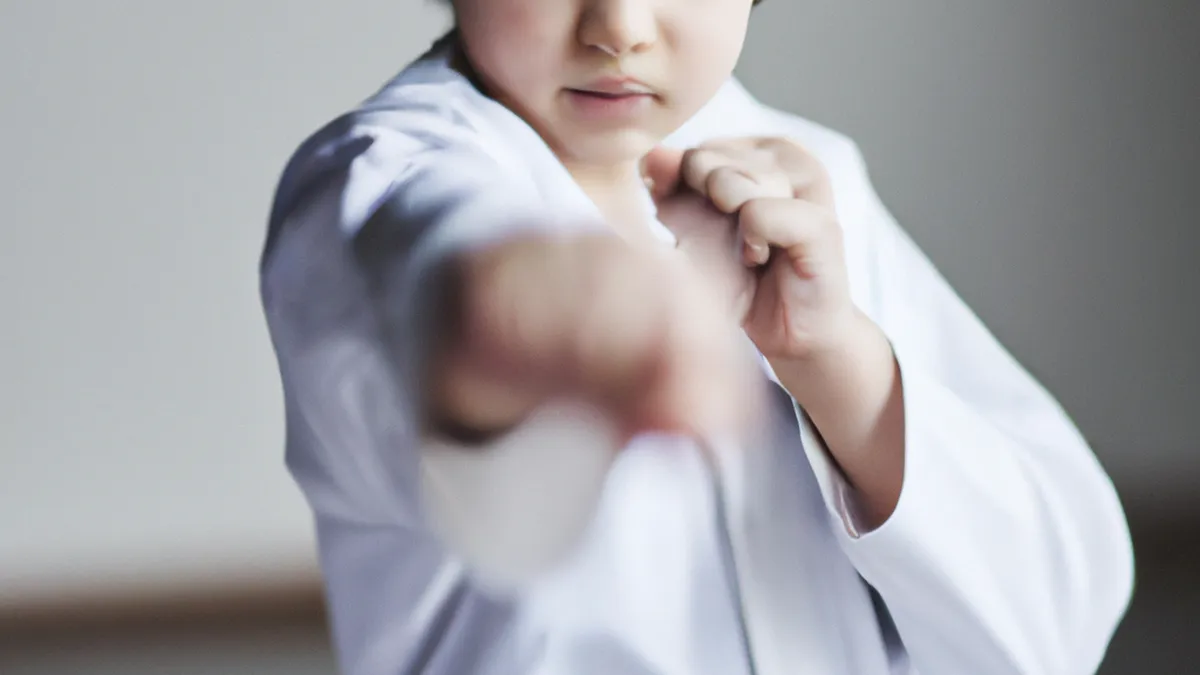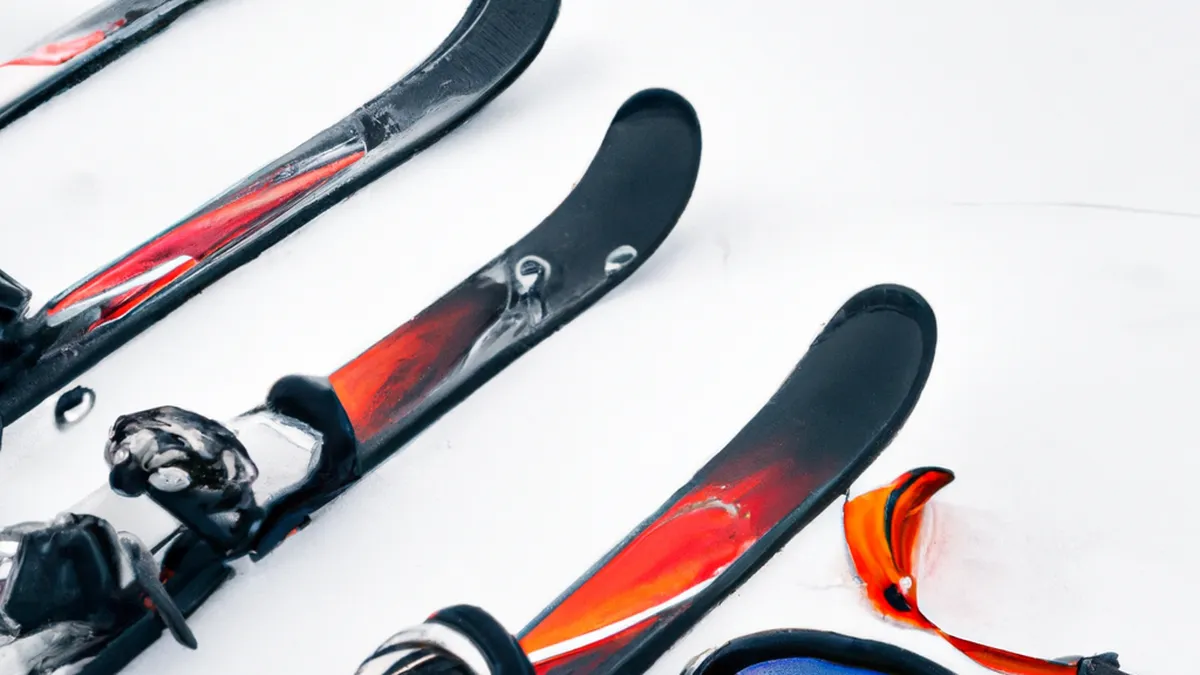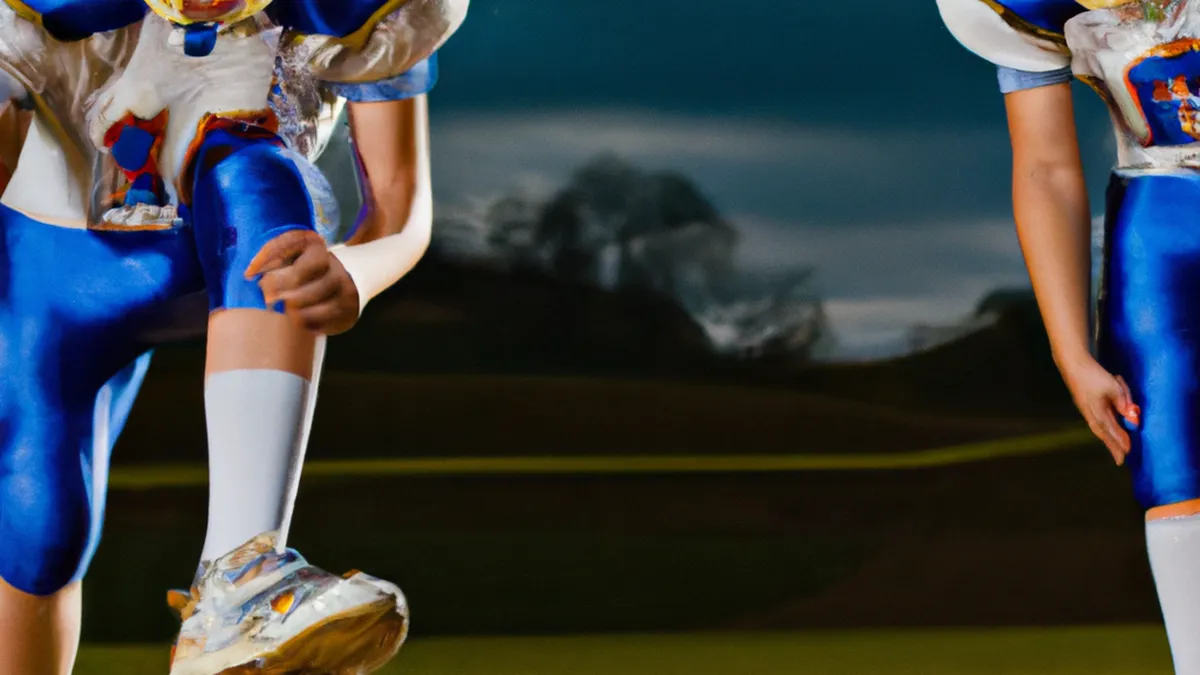Kata Precision: The Key to Mastery
Precision in Kata Performances: Mastering the ArtKata represents martial arts’ essence, showcasing discipline, technique, and precision. Each kata tells a story, and every movement reflects clarity and intent. This blog post explores tips to enhance precision in kata performances, offers valuable advice, and discusses the benefits of precision.
Understanding Precision in Kata
Precision matters in kata. It refers to the exactness of each movement and body alignment. Each position, angle, and transition counts during a performance. The more precise you are, the more impactful your performance becomes. Precision enhances your kata and deepens your martial arts understanding.
The Importance of Stance
Your stance forms the foundation of kata. A solid stance supports blocks and strikes. It ensures balance, stability, and efficiency in technique execution. For example, when transitioning between stances, place your feet correctly and align your knees. Small stance adjustments can significantly improve your performance.Your stance should reflect the kata’s nature. Different katas require various postures and stances, contributing to the kata’s intent. By understanding each stance’s purpose, you can enhance your performance and connection to the kata.
Mastering Technique
Technique centers on precision in kata. Each movement should appear sharp and intentional. For instance, when executing a punch, engage your core and rotate your hips for power. This technique adds strength and maintains precision during execution.Pay attention to your techniques’ subtleties. Perform strikes and blocks with clarity. Ensure your follow-through remains consistent. Assess your technique by performing movements slowly and deliberately. This approach helps pinpoint areas needing improvement and ensures correct execution.
Practice with Purpose
Repetition is vital for mastering kata, but practice must remain purposeful. Instead of mindlessly repeating movements, focus on details. Slow your practice to ensure accuracy, building muscle memory that reinforces precision.Break down the kata into smaller segments. Master each segment before progressing. This method allows you to concentrate on techniques and transitions. Once confident, gradually piece together the complete kata.Recording your practice sessions aids improvement. Watching your performances reveals inconsistencies in movements. Are your transitions smooth? Are your stances stable? Identifying issues guides your practice and clarifies kata understanding.
Seek Feedback
As an Amazon Associate I earn from qualifying purchases.
Gear tip: consider training pinnies, tactics board, and agility cones to support this topic.
Seek feedback to foster growth. Constructive criticism helps refine your performance and technique.
Conclusion
In summary, mastering precision in kata requires focus on stance, technique, and purposeful practice. Embrace feedback for continuous improvement.
Below are related products based on this post:
FAQ
What is the significance of precision in kata?
Precision in kata refers to the exactness of each movement and body alignment. It enhances the impact of the performance and deepens the understanding of martial arts. The more precise a practitioner is, the more effective their kata becomes.
How does stance affect kata performance?
The stance forms the foundation of kata, ensuring balance, stability, and efficiency in executing techniques. Proper foot placement and knee alignment during transitions are crucial. Different katas require various stances, which reflect the kata’s intent and enhance overall performance.
Why is purposeful practice important in mastering kata?
Purposeful practice focuses on details rather than mindlessly repeating movements. Slowing down allows for accuracy and builds muscle memory that reinforces precision. Breaking down the kata into segments helps concentrate on techniques and transitions effectively.















Post Comment